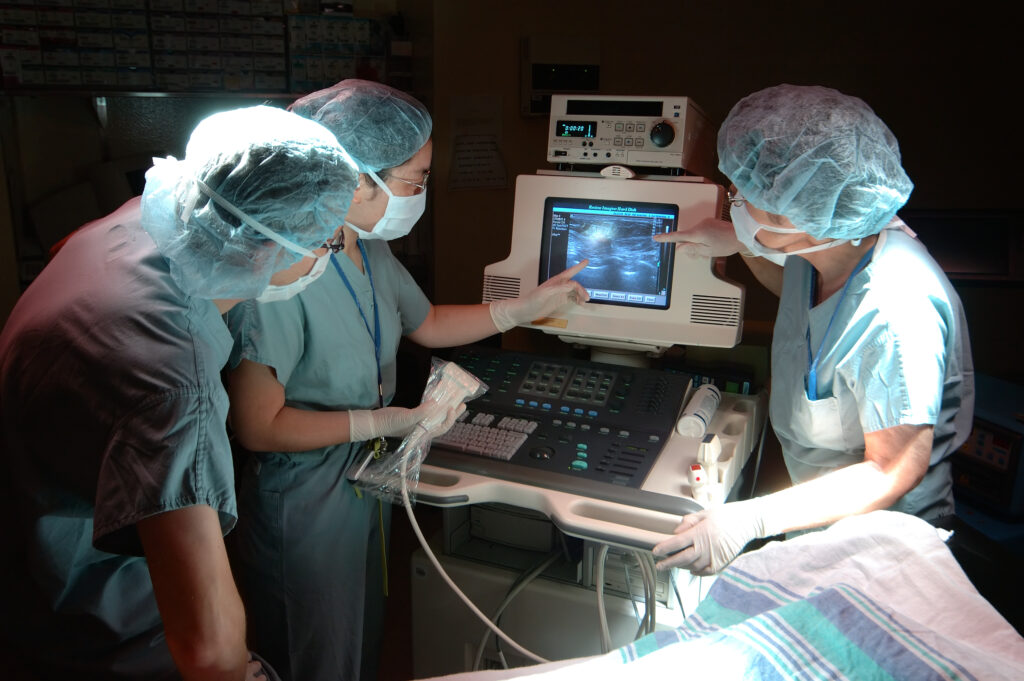Anesthesiologists are medical professionals responsible for providing anesthesia during surgical and medical procedures. One of the tools that anesthesiologists use to improve patient safety and outcomes is point-of-care ultrasound (POCUS). POCUS is an ultrasound imaging technique that allows anesthesiologists to visualize internal organs and tissues in real-time, aiding in diagnosis and treatment.
There are various settings in which anesthesiologists use POCUS. One of the primary applications is in regional anesthesia. Regional anesthesia involves injecting anesthetic medication around a nerve or group of nerves to block sensation in a particular area of the body. POCUS can help identify the nerve or group of nerves that anesthesiologists need to target accurately. Additionally, POCUS can help detect complications such as vascular puncture or intraneural injection, which can lead to nerve damage.
Another setting in which anesthesiologists use POCUS is in the placement of central venous catheters. Central venous catheters are inserted into the large veins of the neck, chest, or groin and are used to administer medications, fluids, or nutrition, or to monitor central venous pressure. POCUS can help guide the placement of the catheter, reducing the risk of complications such as pneumothorax or arterial puncture.
Anesthesiologists also use POCUS in the placement of peripheral intravenous catheters. Peripheral intravenous catheters are inserted into the veins of the arm or hand and are used to administer medications or fluids. POCUS can help identify veins that are suitable for catheterization, reducing the number of attempts needed to place the catheter and reducing the risk of complications such as hematoma or infiltration.
In addition to these settings, anesthesiologists use POCUS for airway management. Airway management involves maintaining a patient’s airway during anesthesia or in emergency situations. POCUS can help identify anatomical variations or abnormalities that may complicate airway management, such as tumors or foreign bodies.
Finally, anesthesiologists use POCUS for the management of critically ill patients. POCUS can aid in the diagnosis of conditions such as pneumothorax, pulmonary edema, or pleural effusion. It can also help guide the placement of chest tubes or pericardiocentesis tubes, which are used to drain excess fluid from around the lungs or heart.
In conclusion, anesthesiologists use POCUS in various settings to improve patient safety and outcomes. POCUS is a non-invasive, real-time imaging technique that can aid in the diagnosis and treatment of conditions during anesthesia and in critically ill patients. By using POCUS, anesthesiologists can improve the accuracy of nerve blocks, reduce the risk of complications during catheter placement, aid in airway management, and aid in the diagnosis and treatment of critically ill patients.
